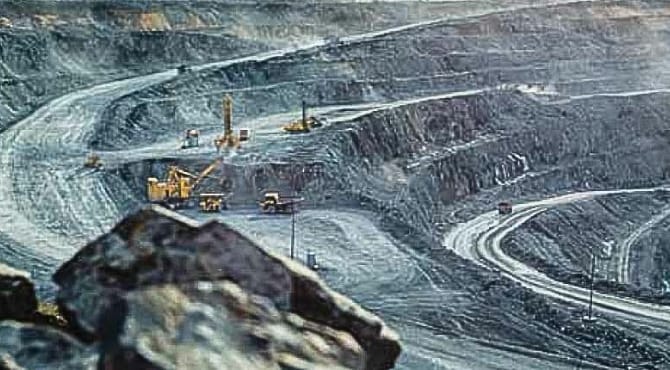India is making a big move to become self-reliant in the areas of clean energy and advanced technology by sending out a call to train 5.7 million people for the mining sector by 2030. The move, which is a joint venture of the Ministry of Mines and the Skill Council for the Mining Sector (SCMS), is aimed at equipping the workforce with the skills that will allow them to take full advantage of India’s abundant unexploited reserves of critical minerals – materials that are indispensable for making batteries, electric vehicles, solar panels, wind turbines, and electronic devices.
The government has stressed that the achievement of energy security and industrial growth will hinge on the availability of critical minerals like lithium, cobalt, nickel, graphite, and rare earth elements. These minerals form the basis of clean technologies that are vital for the global energy transition. Currently, India is mainly importing these materials from China and other mineral-rich countries. The National Critical Mineral Mission (NCMM) is focused on eliminating this dependence and envisions India becoming a leading player in exploration, processing, and eco-friendly extraction of these strategic resources.
In order to do this, the Mines Ministry and SCMS have initiated the formation of a project steering committee to commission a skills gap study for the years 2025-2030. The study will highlight demand areas, new technologies, and employment trends in the mining ecosystem. The ultimate target is to come up with a practical roadmap that will be used by government departments and the private sector to plan the next steps in the NCMM framework for the creation and training of a future workforce.
Officials elaborated that the all-inclusive scheme is intended to stack the mining sector’s contribution to the national GDP, which is now 2.2%, up to 5% by 2030. The undertaking will involve job roles spanning the gamut of exploration, mineral extraction, processing, value addition, and sustainability management. Besides, training facilities will be established in regions abundant in minerals and will benefit from modern digital learning aides and partnerships with industry and universities.
“Work is in progress to shape a future-ready workforce for the mining sector covering 2025-35 and it is anticipated that the recommendations will be presented by March 2026”, said Pankaj Satija, chairman of SCMS. “This will be a blueprint for government and industry to nurture the required talent pool hence the success of the National Critical Mineral Mission.”
Experts say this step is not just a great workforce development move but also a conceptual economic and strategic vision. With worldwide demand for critical minerals projected to grow steeply till 2035, nations are vying to ensure security of supply chains. India’s step is well in time and in harmony with the country’s clean energy transition and Make in India missions. By consolidating its domestic mining sector, India would be able to fuel its renewable energy targets, lead in electric mobility and limit its risks from the unstable global market.
Besides being the essential components of clean energy systems, critical minerals have indispensable roles in semiconductor chip manufacturing, defense apparatus, aerospace technologies, and communication networks, thus making them at the core of national security and technological supremacy.
The government’s decision to train 5.7 million workers is a clear move in the direction of indigenizing the mining sector eco-system in India. On top of that, the country by doing so is paving the way for not only an energy-secure future but is also generating millions of jobs that will help consolidate her industrial base through the skills revolution and modern mining practices.
As global demand for critical minerals is escalating rapidly, the Indian initiative of unlocking domestic resources and equipping the workforce is bound to position the country as one of the leaders of the clean energy revolution which will be the driver of future global growth.









